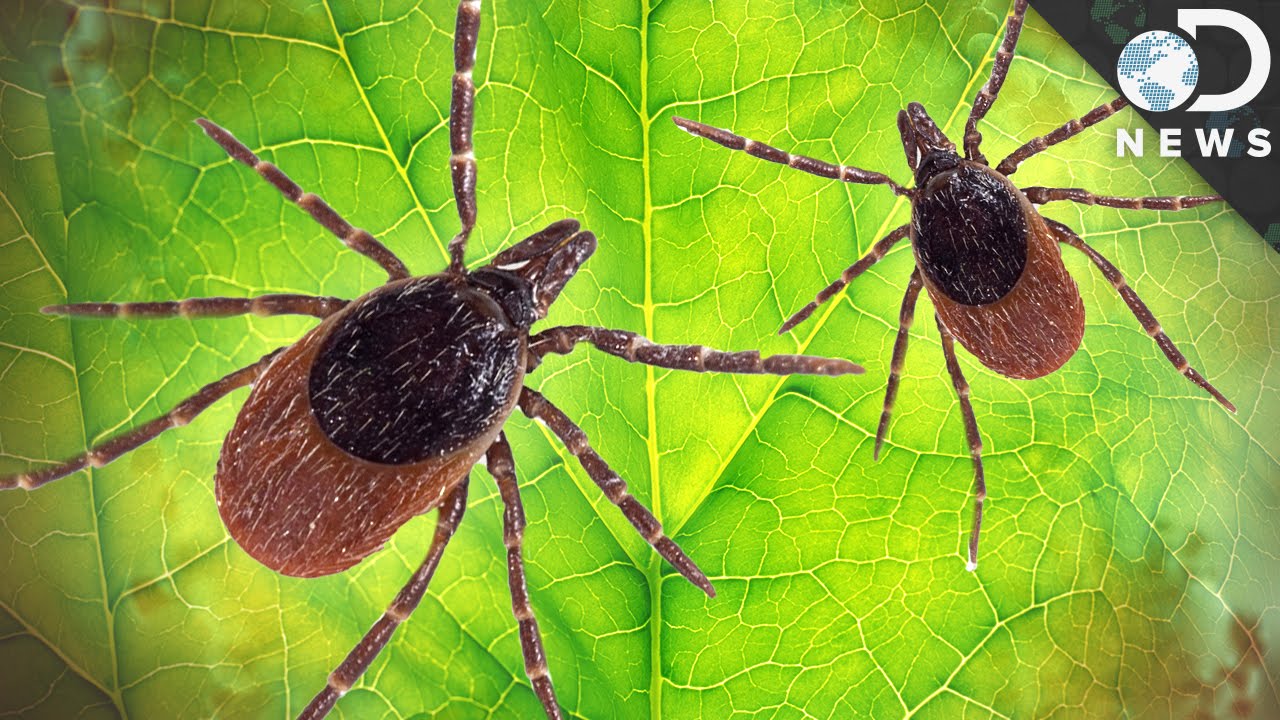Ticks carrying Lyme disease are expected to be rampant on the Appalachian Trail and much of the East coast this summer.
SRC friend Lawton Clites, archer, hiker, potter (our very own Renaissance man!) says: Do yourself a favor and buy a good permethrin spray (available at my favorite local outdoors store River Rock Outfitters, and pretty much anywhere they sell hiking/camping stuff) and the day before you go hiking spray the boots, socks, and pants you’re going to wear. I was out for 6 hours yesterday hiking 9 miles in a tick mecca, on trail and off, and didn’t find a single tick on me, most likely because I sprayed my clothes before. It doesn’t stink like DEET (I’m sensitive to DEET, but fine with permethrin), and has a very low toxicity to humans (but is dangerous to cats, so if you have one, be careful with the spray), yet will not only repel ticks but kill them if you climb on your boots. A lot of dog flea collars are actually permethrin based. Permethrin is baby safe, too! $6 is a lot cheaper than a doctor’s appointment (or 20) if you get Lyme.
Blue Ridge Outdoors says:
Ticks carrying Lyme disease are expected to be rampant on the Appalachian Trail and much of the East coast this summer, says Richard Ostfeld, a disease ecologist at the Cary Institute of Ecosystems in Millbrook, New York, who has studied ticks and their relationship with Lyme disease for 30 years.
The summer of 2015 produced the perfect conditions for oak trees to produce acorns, the main source of food for white-footed-mice that live in Eastern forests. More food for these mice leads to an exploding mouse population. The white-footed mice are the most popular hosts for black-legged ticks, the main carrier of Lyme disease. With more mice, ticks can more easily find a warm body on which to live and later reproduce, passing down the Lyme disease to the nymphs. The nymphs have the highest rate of transmitting the disease because they are incredibly difficult to notice, being about the size of a poppy seed. The black-legged ticks have increased their range by 20 percent from 1998 and are now found in 50 percent of U.S. counties.
Ticks are often found in body crevices and hard-to-reach places such as armpits, groins, and behind the ears. It usually takes 36 to 48 hours to transfer the disease. Lyme disease symptoms include fever, chills, headache, fatigue, muscle and joint aches, and swollen lymph nodes, often confused with a cold or flu by the carrier. The most identifiable symptom of Lyme is a rash in the shape of a bulls-eye found near the bite. According to the CDC, 70-80 percent of people infected with Lyme disease find this mark.
So what is it??
CDC says:
Lyme disease is caused by the bacterium Borrelia burgdorferi and is transmitted to humans through the bite of infected blacklegged ticks. Typical symptoms include fever, headache, fatigue, and a characteristic skin rash called erythema migrans. If left untreated, infection can spread to joints, the heart, and the nervous system. Lyme disease is diagnosed based on symptoms, physical findings (e.g., rash), and the possibility of exposure to infected ticks. Laboratory testing is helpful if used correctly and performed with validated methods. Most cases of Lyme disease can be treated successfully with a few weeks of antibiotics. Steps to prevent Lyme disease include using insect repellent, removing ticks promptly, applying pesticides, and reducing tick habitat. The ticks that transmit Lyme disease can occasionally transmit other tickborne diseases as well.
How do you know if you have it? And can you be cured – turns out that’s not so easy.
